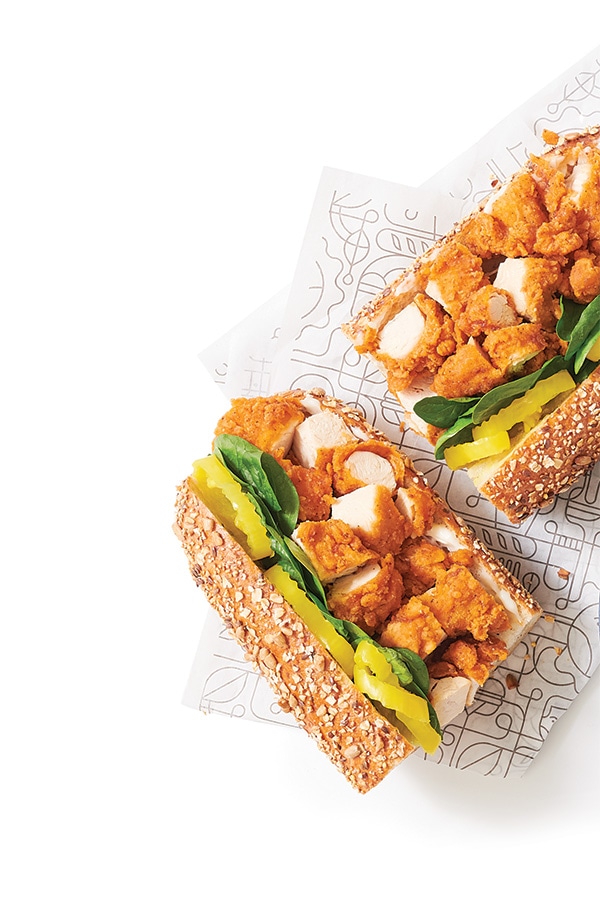Babies may be ready to move from purees to finger foods once they start bringing objects to their mouth with their hands. Include a variety of colors, flavors, and textures into your baby's diet by selecting a mix of fruits, vegetables, grains, and proteins.
Vegetables
Steamed vegetables cut into small pieces, such as carrots, sweet potatoes, green beans, zucchini, and sweet peppers
Fruits
Bite-size pieces of soft fruits, including avocado, banana, very ripe peaches or pears, and halved blueberries
Grains
Well-cooked whole wheat pasta, small pieces of whole wheat bread, whole grain cereal, and baby puffs cereal
Protein
Diced chicken, scrambled eggs, small pieces of soft tofu, and cooked lentils
Dairy
Cheese cut into quarter-inch chunks, whole-milk yogurt, and cottage cheese
Sources:
"Starting Solid Foods." HealthyChildren.org. March 8, 2017.
RD's recommendations; Reference document created by Publix registered dietitians based on the 2015 Dietary Guidelines for Americans. Publix Baby Club Health & Wellness Recommendations. Supplied on 5/19/16.
"Finger Foods for Babies." KidsHealth. November 2014.
Shelov, SP, Hennemann, American Academy of Pediatrics The Complete and Authoritative Guide: Caring for your Baby and Young Child-Birth to Age 5 (pgs 272-273)
How do you know when your baby's ready to move on from finger foods to utensils? Learn all about feeding stages—and accessories, too.
Safety Note: Avoid foods that could pose a choking risk, such as chunks of peanut butter, uncooked veggies, whole grapes, uncooked peas, and other hard, round foods. Always watch your baby closely, as beginning eaters can bite off pieces that are too big to swallow.
This content is provided for general information purposes only. It is not intended to be a substitute for medical advice or a guarantee of prevention, improvement, or treatment of specific conditions. Always consult with your healthcare provider about your specific medical questions or concerns.


